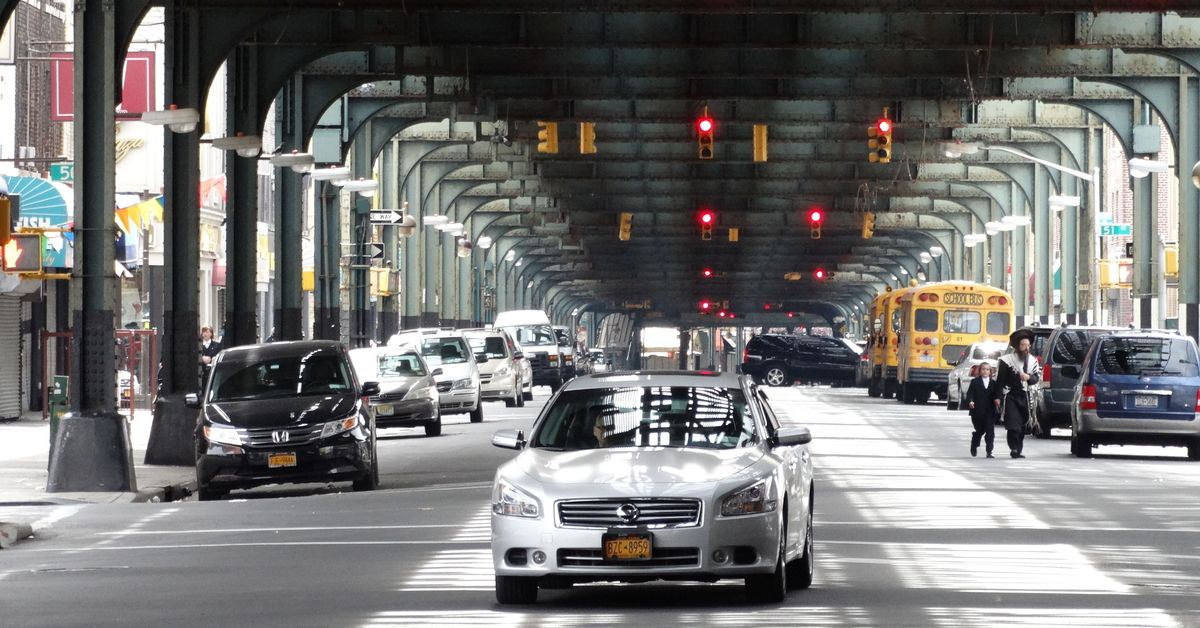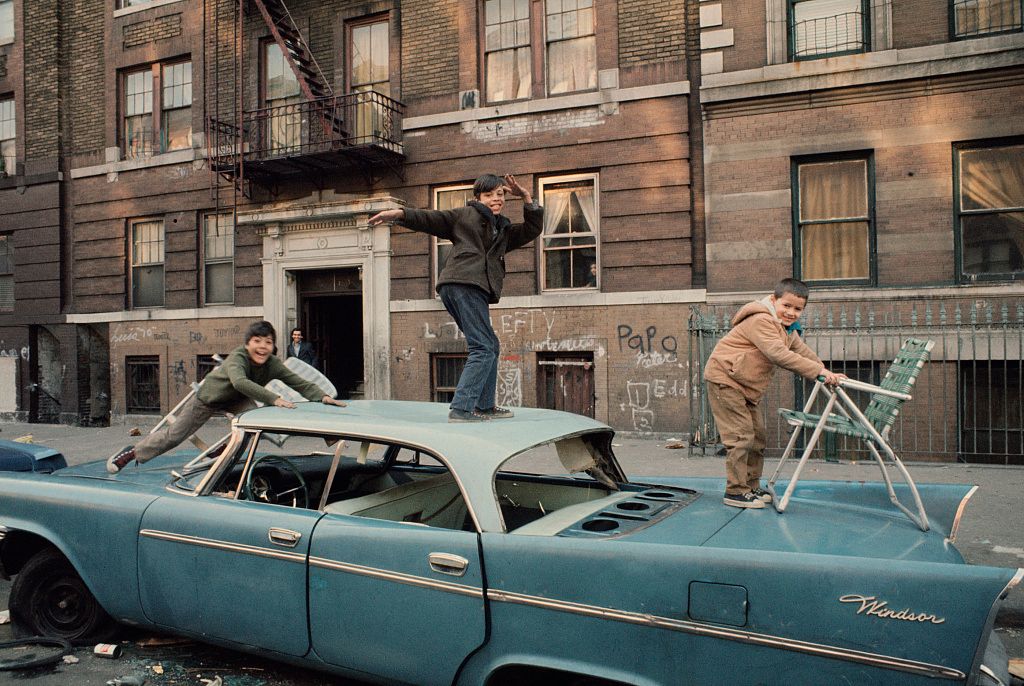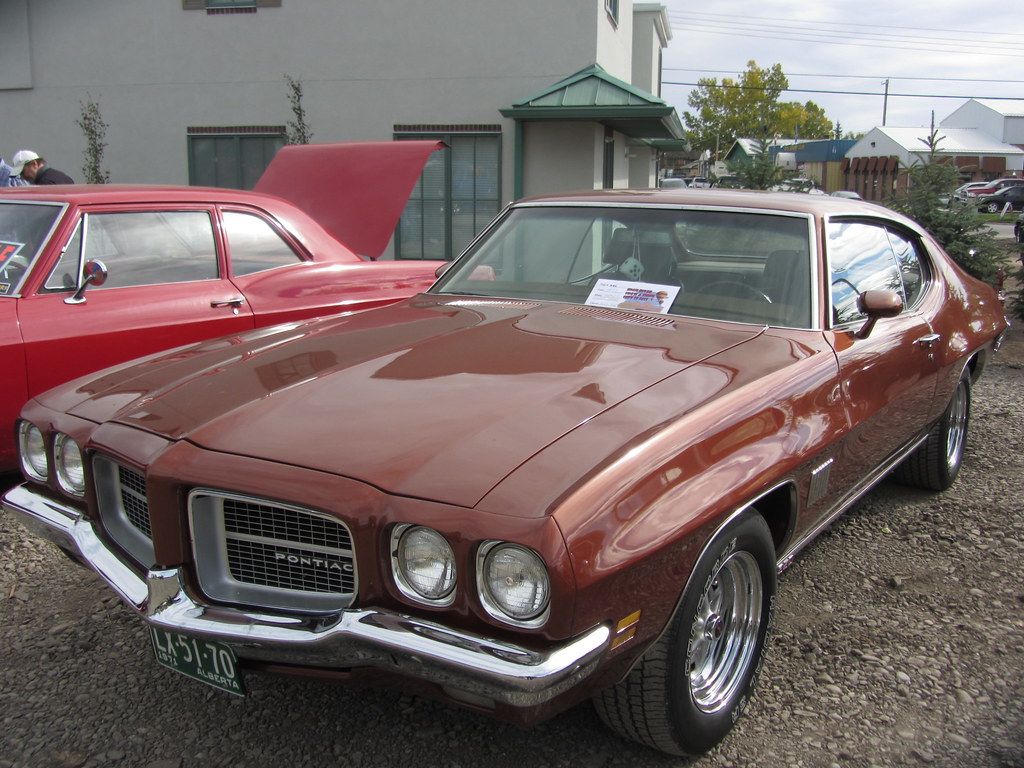Bullitt has a well-deserved reputation as the definitive car chase in cinema. It was revolutionary in its use of speed, innovative camera angles, soundtrack (devoid of music), and its incredible 10-minute length. It had cool cars and cool actors. The choreographed driving was brutal in its intensity too.
But there's another movie with a car chase that might be just as good; some even call it better. In 1971, three years after Bullitt hit theaters, William Friedkin's film The French Connection hit the big screen with an automotive sequence that pulled out all the stops.
Based on the true story of a New York City Police Department investigation into an international drug trafficking operation that supplied most of the heroin in the United States dating back to the 1930s, the movie is rich with American classic cars of the '60s and '70s.
It even features a 1970 Lincoln Continental in a role central to the plot. It's place in the pantheon of gearhead movies, though, is cemented by the action-packed chase through the streets of New York.
Here's a look at the car chase that IMDb describes as "overtaking Bullitt for that honor" of best car chase in cinema.
A Unique Spin On The Hollywood Car Chase
The French Connection features all the hallmarks of a great Hollywood car chase: speed, excitement, near misses, and the occasional crash. Part of what makes the scene so thrilling, though, is the ways in which big-screen car chase conventions are subverted.
The chase begins on foot, with protagonist Popeye Doyle running after the bad guy. It really picks up, though, when said baddie hops onto an elevated train. Doyle, too far behind to catch the train, commandeers a 1971 Pontiac LeMans and gives chase by way of the streets below.
Set and filmed in New York City, The French Connection's chase is a kind of East Coast counterpart to Bullitt's drive through the San Francisco hills. For around 8 minutes, Doyle's borrowed Pontiac races down the busy streets of New York. As he weaves through traffic and dodges pedestrians, Doyle cranes his neck to look up at the train.
In a sequence that closely mirrors the intense, subjective camera angles of Bullitt, the viewer looks with Doyle out the side of the car as it barrels along, trying to catch glimpses between buildings of the train to the left of the street.
Behind The Scenes
At that point in the chase, the LeMans has seen better days; a serious collision has crumpled the side of the car. The reason why is that the filming of the scene was as unconventional as the chase itself.
As director William Friedkin told the Academy of Motion Picture Arts and Sciences in 2016, the proper filming permits for the chase would have been cost-prohibitive. So they simply didn't get them. Instead, the crew relied on the informal courtesy of New York cops who were familiar with the real story behind the film. These policemen closed down stretches of road for filming the chase.
Friedkin apparently wasn't satisfied with this, though. According to Road & Track, shooting wasn't constrained to the closed roads. The Pontiac, with Friedkin in the back seat holding a camera, drove into the busy streets of the city to dart through gaps in the uncontrolled traffic. The ethically questionable process produced some undeniably thrilling moments. Many of the cars seen swerving out of the way in the film were real reactions from surprised New Yorkers interrupted on their otherwise mundane drives.
For most of these drivers, this unexpected film role was just a close call, certainly upsetting but harmless beyond that. But the man behind the wheel of one car wasn't so lucky. At one point in the chase, a white Ford slams into Doyle's LeMans, resulting in the damage visible in subsequent shots. In light of this, the director's decision to do the filming from the back seat becomes clearer: Friedkin was unwilling to risk the lives of the cameramen in the dangerous chase because, as The Vintage News relates, they had families.
Bullitt-Points
The other man risking his life in the Pontiac that day was stunt driver Bill Hickman. While any Hollywood car chase will invite comparisons at some point to Bullitt, that film being a standard for such sequences, The French Connection's relation to the 1968 Steve McQueen movie is a little more interesting. Hickman had, in fact, been the driver behind the wheel of the black Charger in Bullitt. McQueen himself was also offered a role in The French Connection, although he passed, not wanting to reprise the character type of gritty cop.
Of course, whether you prefer one movie car chase over another, The French Connection is always worth a watch, even if just to see that gripping chase that may be the best of all time.



